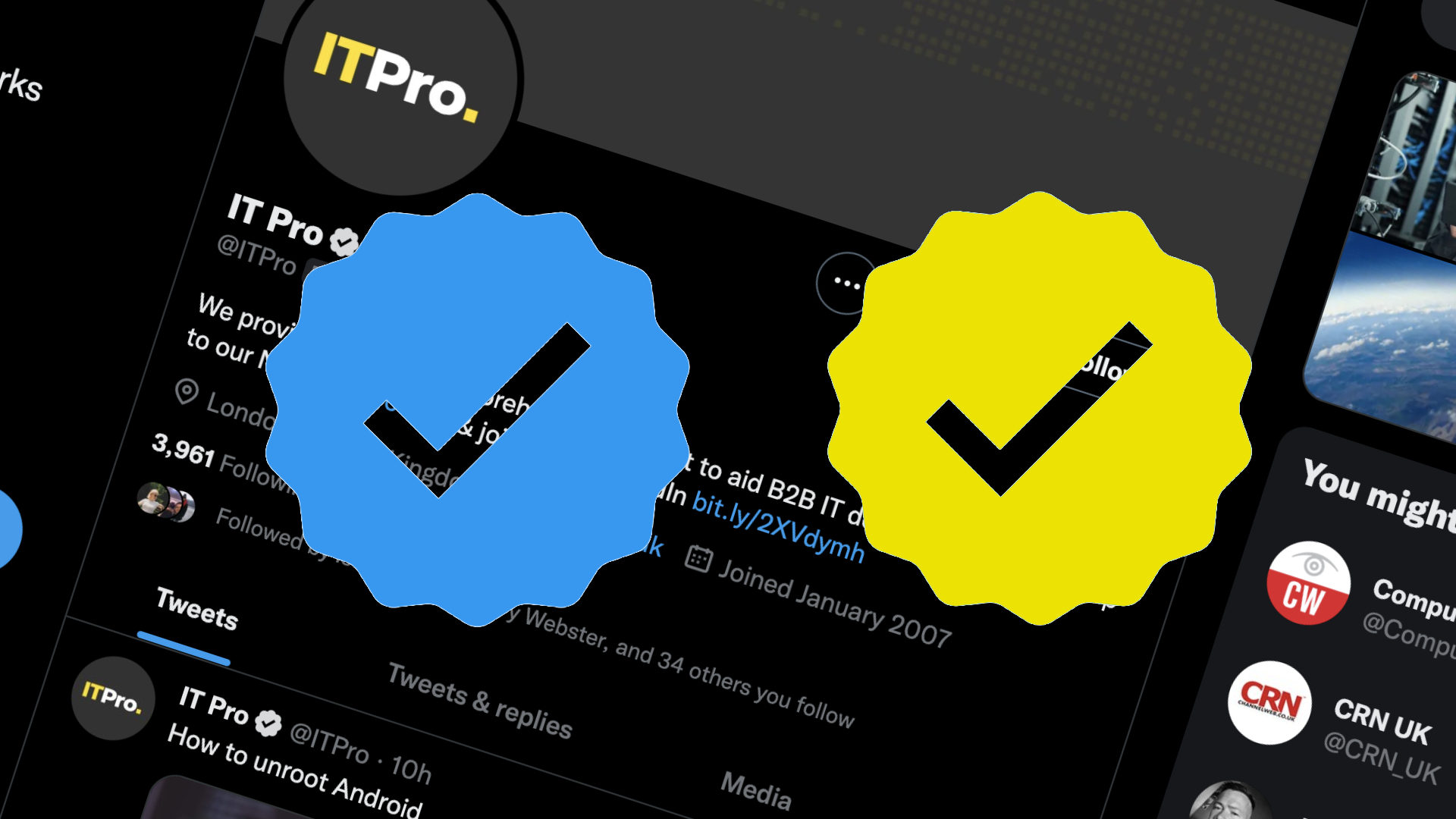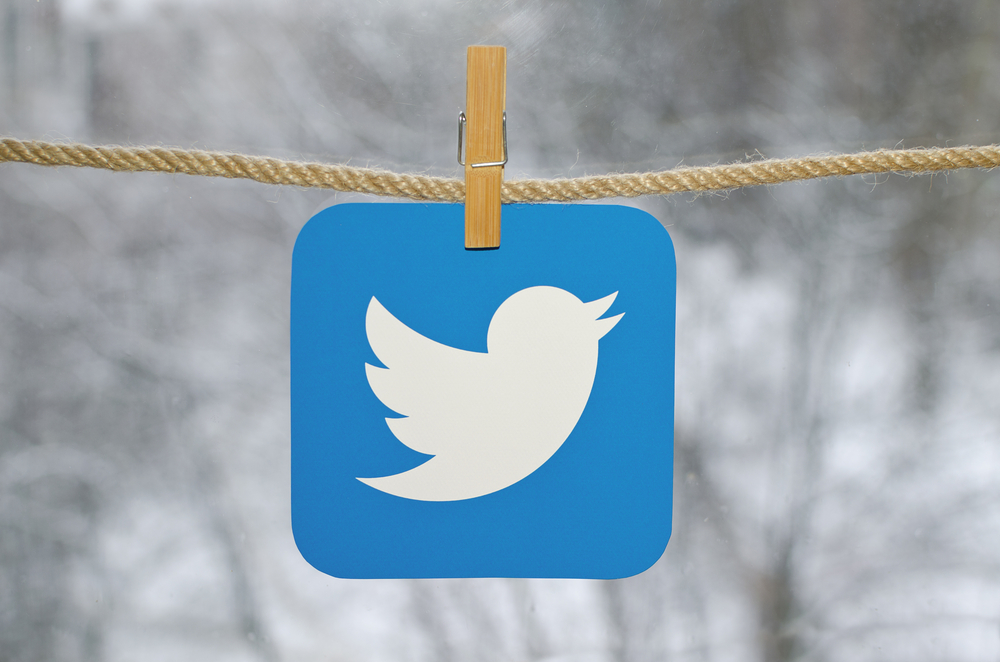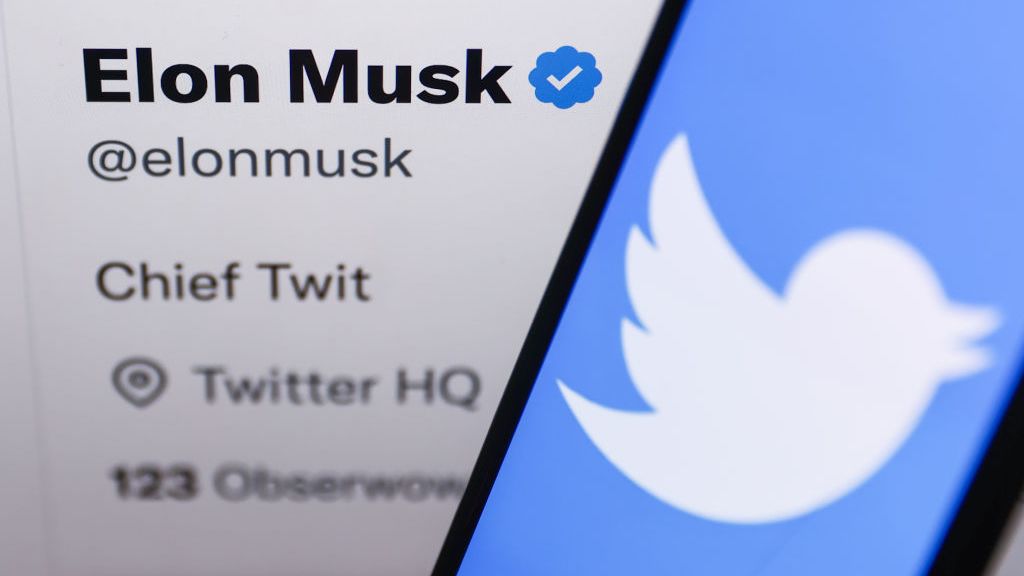Twitter to launch search-based advertising model
Micro-blogging sensation Twitter is to follow Google's lead and introduce third-party advertising in the same 140-character format used by other tweets.

Twitter is to introduce an advertising model that will serve third-party advertisements in on-site search results, broadly emulating Google's approach to the wider web.
The Wall Street Journal's All Things Digital blog reports that the micro-blogging giant plans to launch its Twitter Advertising scheme in the first half of this year as part of a wider set of updates to the platform.
According to the report, adverts will be served in Twitter's familiar 140-character packets. "Ads will be tied to Twitter searches, in the same way that Google's original ads were," the blog reads. "So a search for, say, 'laptop', may generate an ad for Dell. The ads will only show up in search results, which means users who don't search for something won't see them in their regular Twitterstreams."
The advertising will be sold via agencies initially while Twitter puts a self-service website in place, and Twitter is believed to have said it will share advertising revenues with any third-party sites that agree to display the ads.
"Twitter will work with ad agencies and buyers to seed the program, but plans on moving to a self-serve model like Google's, down the road," the blog reports.
With more than 50 million tweets being sent each day, Twitter has become one of the web's hottest properties, but has largely struggled to turn that popularity into profit.
At present, advertising is limited to small text adverts appearing on the top right of users' Twitter home pages a largely ineffective model rendered even less effective by the popularity of third-party applications that access Twitter's API but use their own end-user interface.
Sign up today and you will receive a free copy of our Future Focus 2025 report - the leading guidance on AI, cybersecurity and other IT challenges as per 700+ senior executives
But that too could be set to change, looking at some of the other tricks Twitter seems to have up its sleeve. Twitter engineer Alex Payne has been tweeting on the subject a fair bit lately, and suggests that Twitter itself might finally be about to address the ever-growing gap between its own offering and desktop applications like Seesmic and TweetDeck.
One of his messages read: "if you had some of the nifty site features that we Twitter employees have, you might not want to use a desktop client. (You will soon.)"
Further tweets followed up to emphasise he was talking about tools already available to developers through the Twitter API, but thus far untapped by Twitter's own client. "I just mean that our web client team is building cool stuff. It's going to inspire desktop app developers. Same data, new perspectives," he said.
-
 Developer accidentally spends company’s entire Cursor budget in one sitting
Developer accidentally spends company’s entire Cursor budget in one sittingNews A developer accidentally spent their company's entire Cursor budget in a matter of hours, and discovered a serious flaw that could allow attackers to max out spend limits.
-
 Global IT spending set to hit a 30-year high by end of 2025
Global IT spending set to hit a 30-year high by end of 2025News Spending on hardware, software and IT services is growing faster than it has since 1996
-
 Who owns the data used to train AI?
Who owns the data used to train AI?Analysis Elon Musk says he owns it – but Twitter’s terms and conditions suggest otherwise
-
 Elon Musk confirms Twitter CEO resignation, allegations of investor influence raised
Elon Musk confirms Twitter CEO resignation, allegations of investor influence raisedNews Questions have surfaced over whether Musk hid the true reason why he was being ousted as Twitter CEO behind a poll in which the majority of users voted for his resignation
-
 Businesses to receive unique Twitter verification badge in platform overhaul
Businesses to receive unique Twitter verification badge in platform overhaulNews There will be new verification systems for businesses, governments, and individuals - each receiving differently coloured checkmarks
-
 Ex-Twitter tech lead says platform's infrastructure can sustain engineering layoffs
Ex-Twitter tech lead says platform's infrastructure can sustain engineering layoffsNews Barring major changes the platform contains the automated systems to keep it afloat, but cuts could weaken failsafes further
-
 ‘Hardcore’ Musk decimates Twitter staff benefits, mandates weekly code reviews
‘Hardcore’ Musk decimates Twitter staff benefits, mandates weekly code reviewsNews The new plans from the CEO have been revealed through a series of leaked internal memos
-
 Twitter could charge $20 a month for 'blue tick' verification, following Musk takeover
Twitter could charge $20 a month for 'blue tick' verification, following Musk takeoverNews Developers have allegedly been given just seven days to implement the changes or face being fired
-
 Twitter reports largest ever period for data requests in new transparency report
Twitter reports largest ever period for data requests in new transparency reportNews The company pointed to the success of its moderation systems despite increasing reports, as governments increasingly targeted verified journalists and news sources
-
 IT Pro News In Review: Cyber attack at Ikea, Meta ordered to sell Giphy, new Twitter CEO
IT Pro News In Review: Cyber attack at Ikea, Meta ordered to sell Giphy, new Twitter CEOVideo Catch up on the biggest headlines of the week in just two minutes